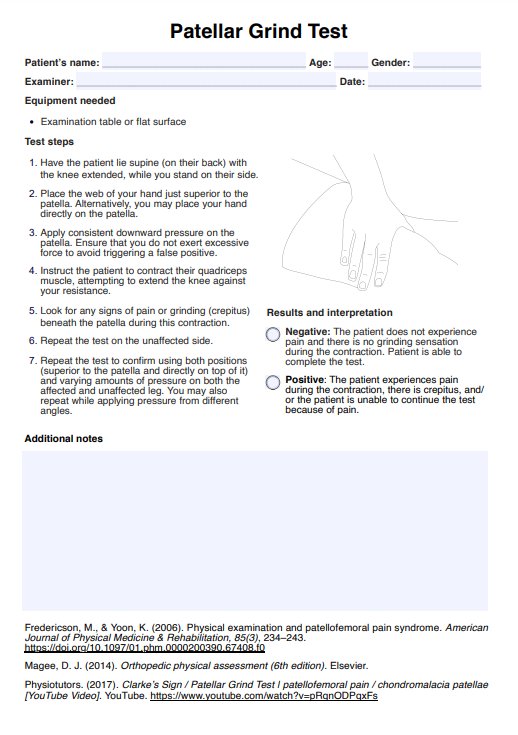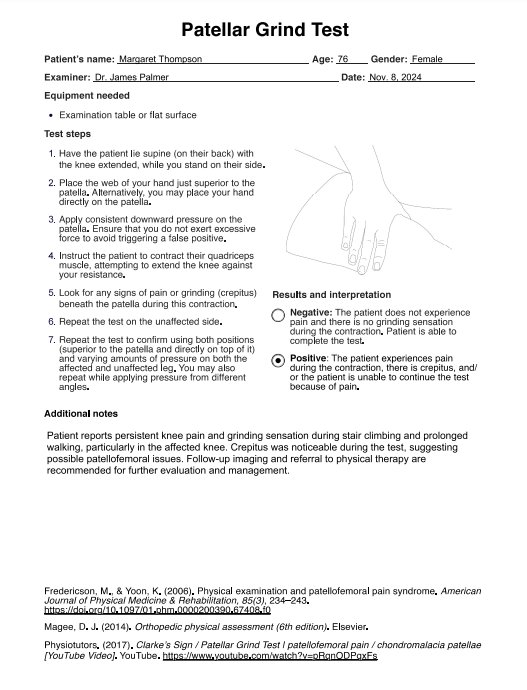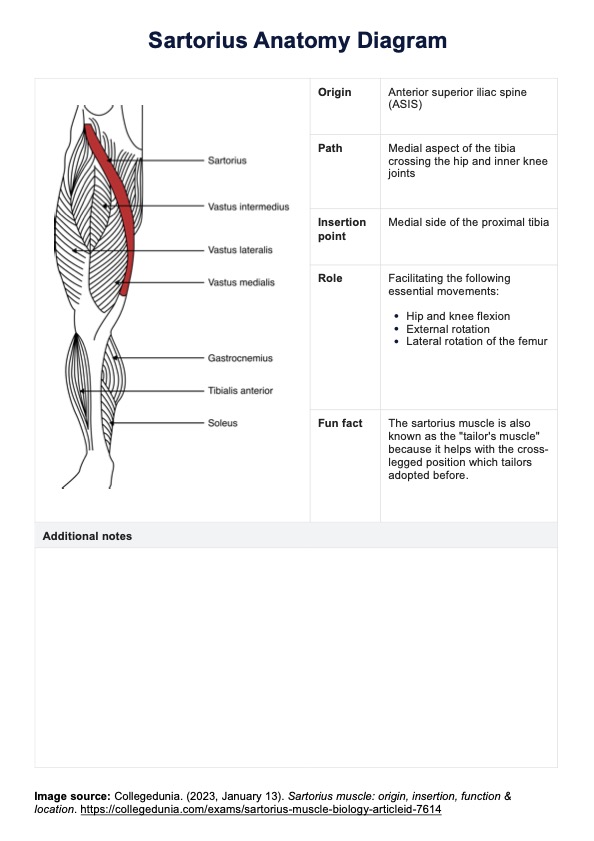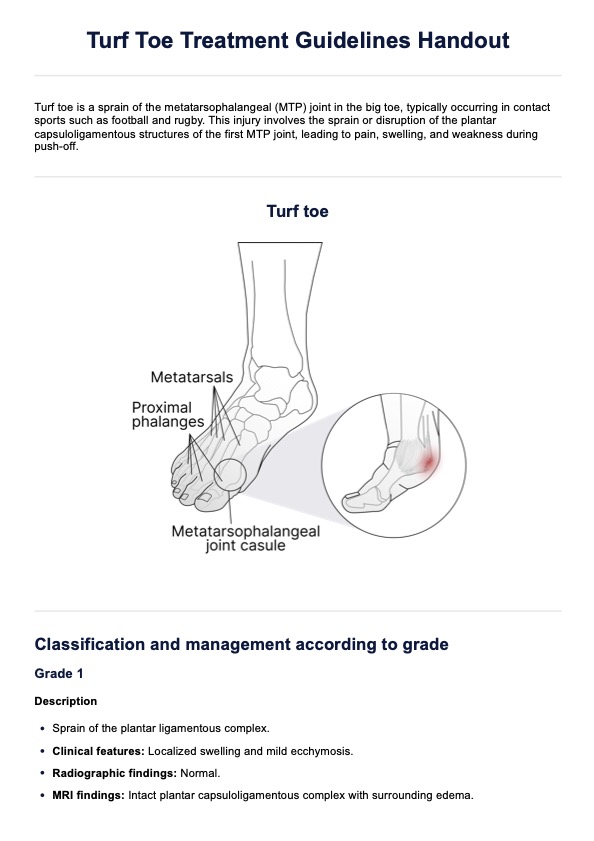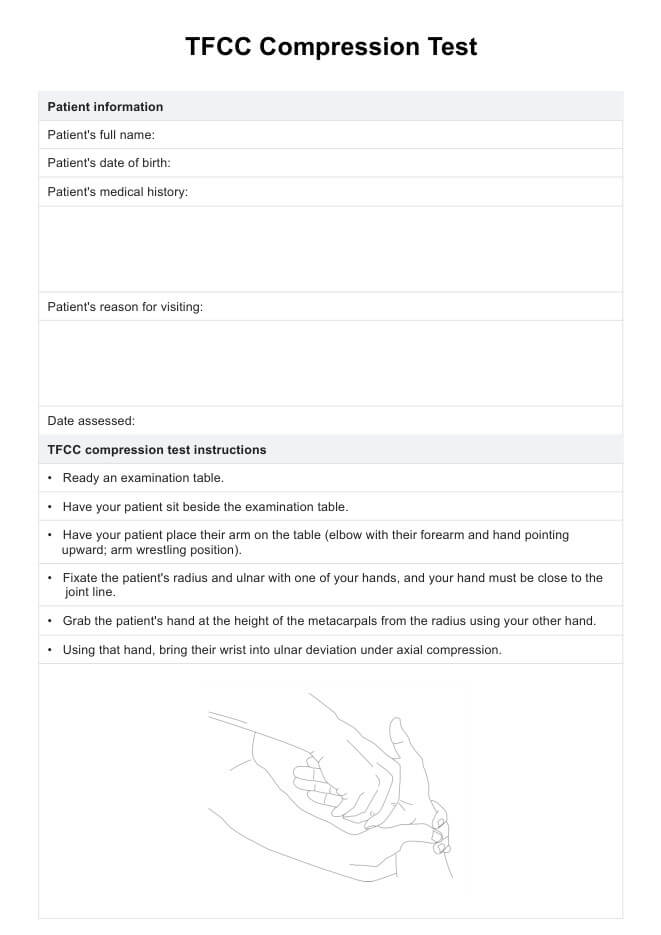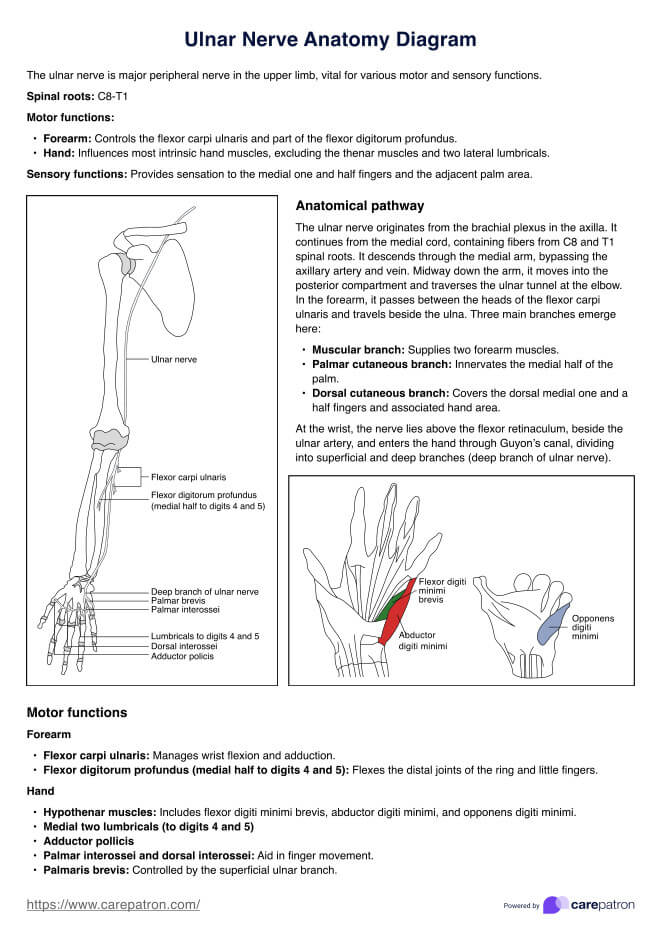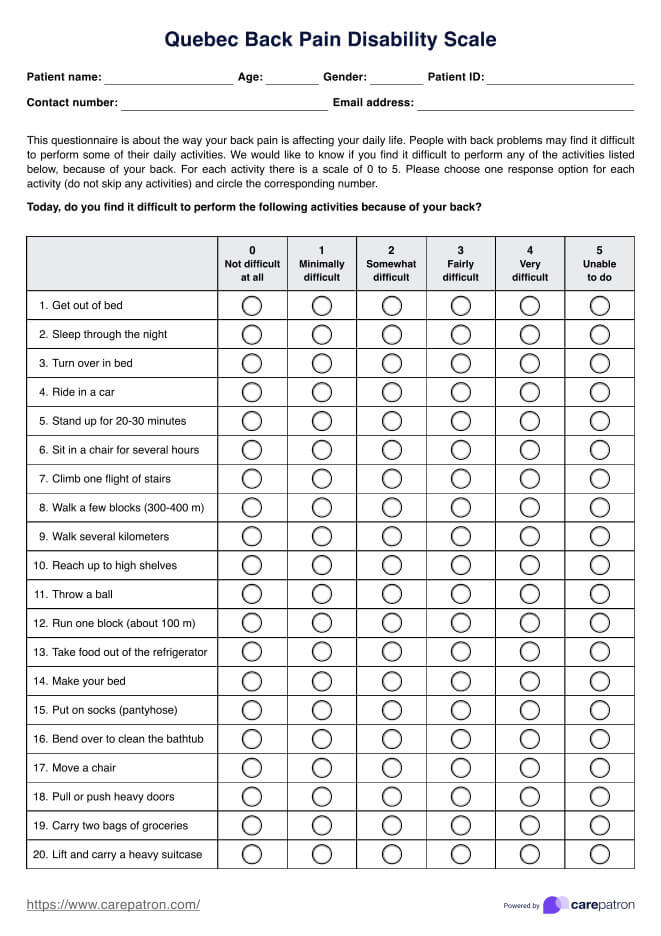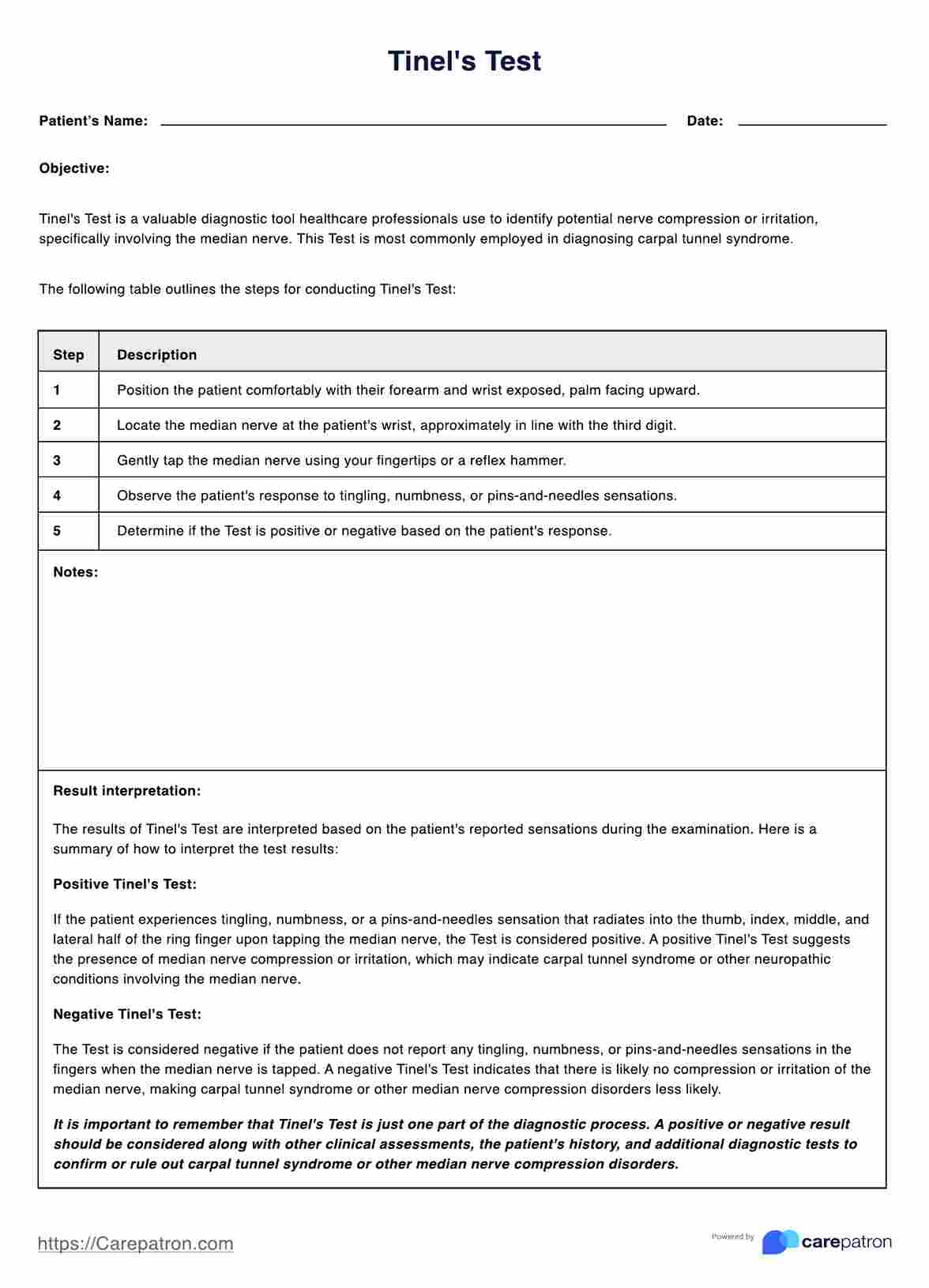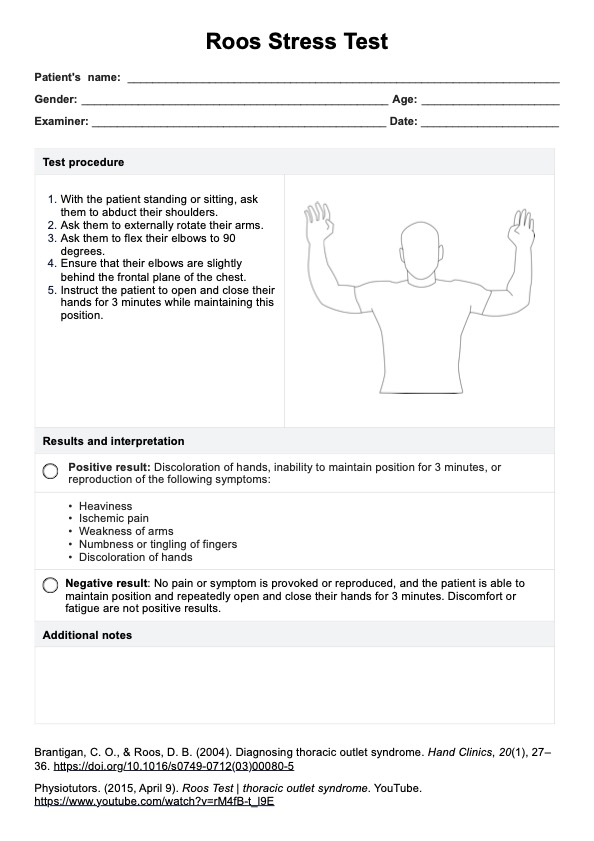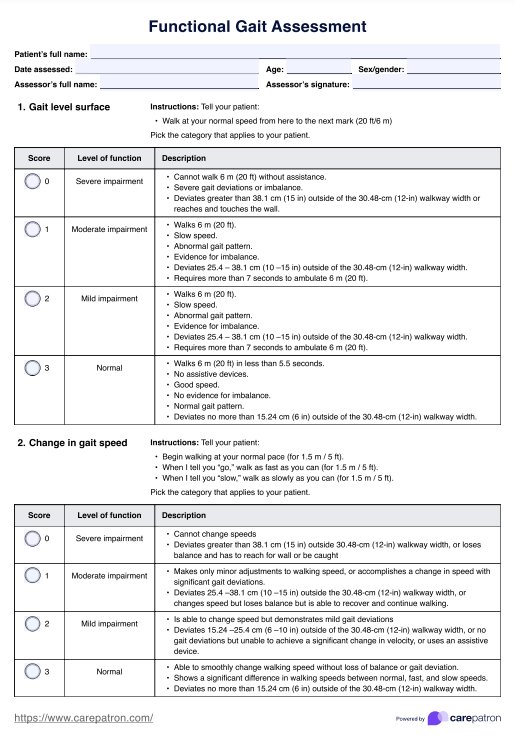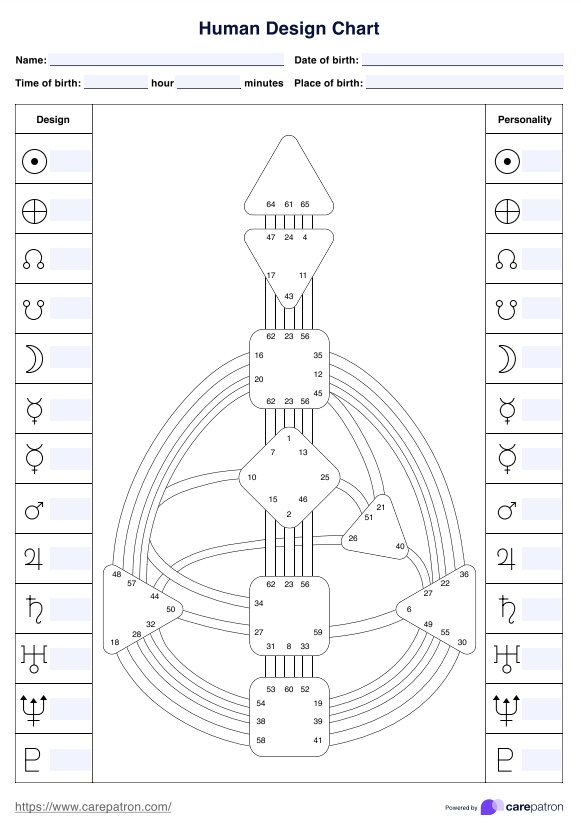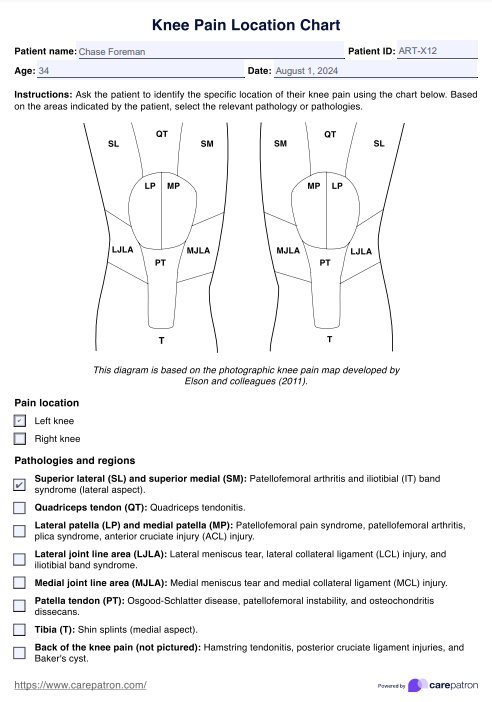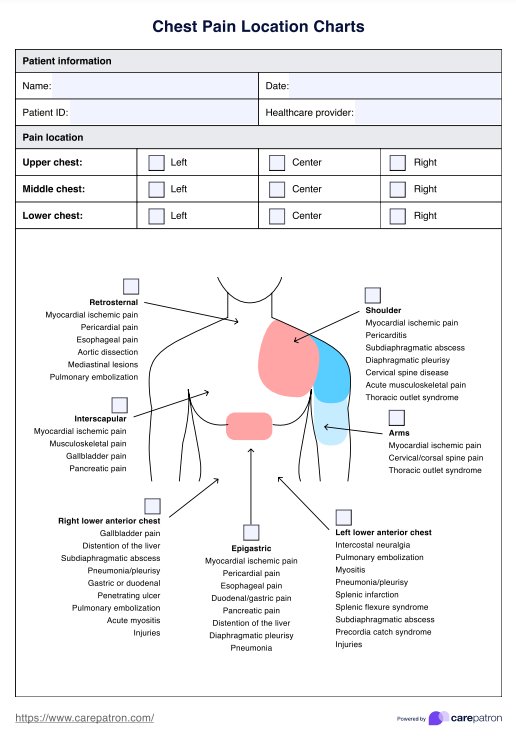Patellar Grind Test
If patients complain about pain in their kneecaps, use the Patellar Grind Test and determine if they have a patellofemoral joint disorder.


What is the Patellar Grind Test?
Before we talk about the , let’s first discuss what Patellofemoral Pain Syndrome is.
The kneecap is also known as the patella. When a person has Patellofemoral Pain Syndrome, it means they are experiencing pain in the front of their knees, specifically around the kneecaps.
This pain can be aggravated by simply walking or running, especially up and down stairs. It can also be aggravated by kneeling, squatting, and even sitting down with one or both knees bent. This pain can prevent people from carrying out certain activities or actions, especially walking, which most people do a lot on a daily basis.
The Patellar Grind Test was developed to assess Patellofemoral Pain Syndrome in patients. It’s a simple physical examination technique that physical therapists and adjacent professionals perform by applying pressure on the patella to see if patients feel any grinding sensations or pain, which are possible indicators of damage around the patellofemoral joint.
This particular physical examination technique is easy to perform and requires no special equipment to be conducted. Plus, it doesn’t take much time to accomplish it, meaning you can get results as soon as you finish it.
Check out this video to see how the Patellar Grind Test works:
Patellar Grind Test Template
Patellar Grind Test Example
How to use our Patellar Grind Test template
Our Patellar Grind Test template provides healthcare professionals with structured steps and fields to document findings, making it easier to assess patellar pain and identify underlying patellofemoral joint issues. Follow these steps to use the template effectively:
Step 1: Access the template
Click the "Use template" button to open the template in the Carepatron app. From there, you can customize, print, or share it as needed. You can also download a non-customizable PDF to fill out digitally or print directly.
Step 2: Conduct the test
With the patient lying supine on an examination table, place one hand just above or directly on the patella and apply gentle downward pressure. Avoid excessive force to avoid triggering a false positive or medial subluxation. Instruct the patient to contract their quadriceps muscle as they attempt to straighten the knee against your resistance. During this contraction, observe for pain or grinding sensations beneath the patella. Repeat on the unaffected side and vary hand positioning as needed.
Step 3: Record the results
Document findings in the provided fields on the template. Note any pain, crepitus, or inability to complete the test. Compare the results from both the affected and unaffected sides for a comprehensive assessment.
Step 4: Review results with the patient
Explain the findings to the patient and discuss potential next steps, including further diagnostic tests or follow-up treatments, especially if patellar pain persists.
How to interpret the findings of the Patellar Grind Test
The interpretation of the Patellar Grind Test primarily depends on the patient's response during the knee examination. A positive test result occurs when the patient experiences anterior knee pain, grinding sensations, or discomfort under the patella while contracting the quadriceps muscles against resistance. This outcome may suggest issues such as patellofemoral pain syndrome, medial subluxation, or inflammation around the quadriceps tendon.
In cases where the patient does not report pain or grinding sensations, the test is considered negative, although further examination may still be warranted if symptoms persist. Whether the results are positive or negative, healthcare providers should assess additional symptoms, including any medial subluxation or patellar instability, for a more comprehensive understanding of the patient’s knee health.
To confirm or further investigate findings, healthcare providers may conduct additional assessments, including the patellar tilt test to evaluate lateral tightness, the patellar apprehension test to assess for potential patellar instability or dislocation risk, and the patellar glide test to measure lateral and medial patellar movement. These tests, in combination with the Patellar Grind Test, offer a more thorough evaluation of patellofemoral joint health and patellar stability.
When is it best to conduct the Patellar Grind Test?
The Patellar Grind Test is most effective when used as part of a comprehensive knee examination in patients reporting anterior knee pain or suspected patellofemoral joint disorders. Healthcare providers often administer this test when a patient presents with symptoms like knee discomfort, grinding, or pain during knee flexion activities such as walking, squatting, or climbing stairs.
Including the Patellar Grind Test alongside other diagnostic tests can offer a more complete picture of the knee’s condition, allowing for an accurate diagnosis and more targeted treatment plan.
What are the benefits of the Patellar Grind Test?
The Patellar Grind Test provides a quick, accessible way for healthcare professionals to assess potential patellofemoral issues. Below are some key benefits of this examination:
- Cost-effective and simple: This test requires minimal equipment and can be performed in any clinic or healthcare setting, saving time and resources.
- Supports clinical diagnosis: By evaluating pain or grinding in the patellofemoral joint, clinicians gain insight into possible conditions like chondromalacia patellae or medial subluxation of the patella, guiding further physical therapy or intervention.
- Helps monitor progress: For patients undergoing rehabilitation or treatment, repeating this test can track improvement or help adjust care plans.
- Part of a comprehensive assessment: Combined with other knee exams, the Patellar Grind Test contributes valuable information, enabling a holistic approach to knee pain and dysfunction assessment.
Commonly asked questions
Patellar grinding often results from conditions such as chondromalacia patellae, patellofemoral arthritis, or medial patellar instability, where cartilage wear or alignment issues cause friction and anterior knee pain during movement.
The Patellar Grind Test, also known as Clarke’s Test, is a knee examination assessing patellar pain and potential joint damage by applying pressure on the patella while the patient contracts their quadriceps muscles.
Additional assessments include the patellar tilt test for alignment issues, the patellar apprehension test for instability, and the patellar glide test to examine lateral patellar movement. These tests offer complementary insights into patellar health.


